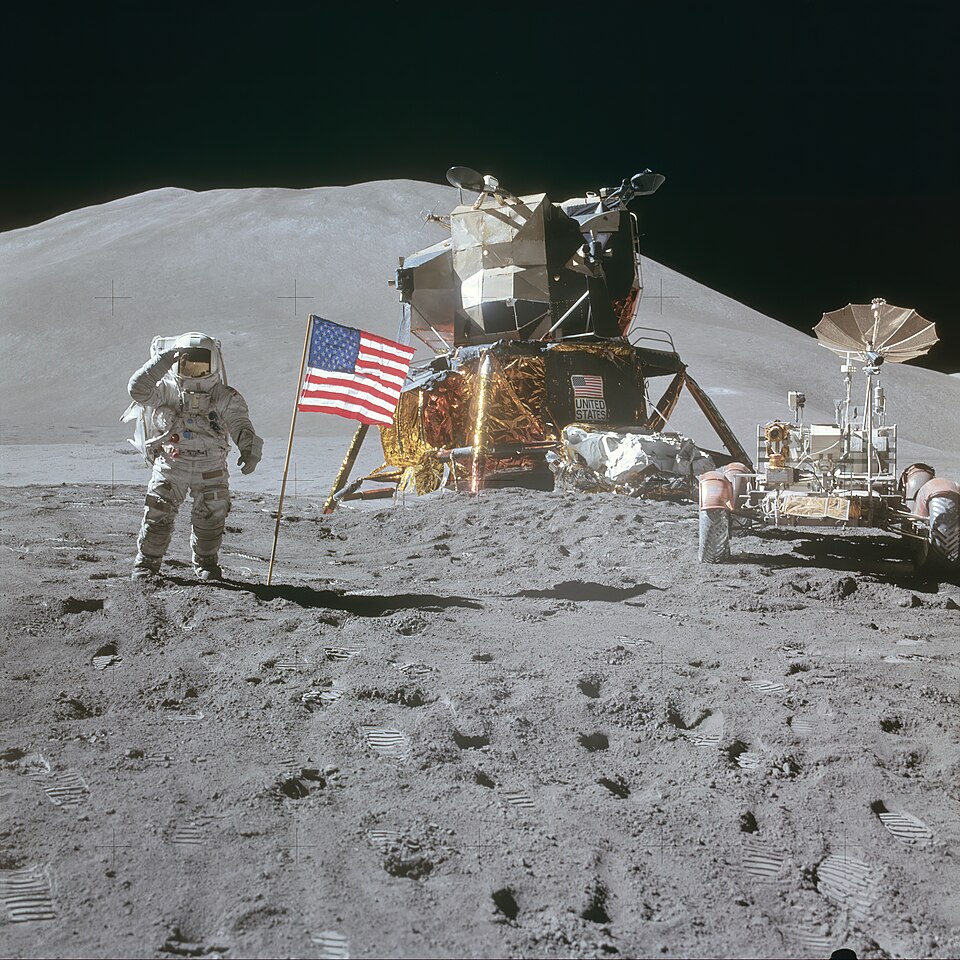The amazing human accomplishment showcased in the “From the Earth to the Moon” episode, “Galileo Was Right,” continues to resonate deeply with me. As I watched the meticulous preparation for the Apollo 15 mission, I couldn’t help but consider its implications for our roles as ministerial leaders. What enduring truths can we extract from this journey to the Moon?
The episode truly highlights the dedication and hard work that contributed to the Apollo 15 mission’s success. We observe the astronauts confronting the challenge of becoming proficient lunar geologists in a relatively short period. It wasn’t solely about reaching the Moon; these men had to become experts in a field with which they might not have initially been familiar. This transformation was driven by the vision of individuals like Jack Schmitt, who understood the significance of scientific exploration on the Moon. The encouragement from mentors such as Professor Lee Silver and the practical training they received in the desert were crucial in helping them overcome these hurdles.
What’s particularly fascinating is how this intense preparation shaped them. Tom Hanks, in the introduction, refers to them as “Renaissance men,” and it’s easy to understand why. They weren’t just astronauts; they became scientists, observers, and communicators, all combined. They developed a profound passion for understanding the Moon’s geology, a passion ignited by the challenges they faced and the opportunities they seized. This reminds us that genuine expertise often arises from pushing our boundaries and embracing new fields of knowledge.
Now, how does this relate to us? Well, consider leading any group, whether it’s a community or a congregation. The Apollo 15 mission illustrates the power of shared vision, rigorous training, and the importance of mentors. Just as the astronauts required a clear objective and the appropriate preparation, so do we when we aim to inspire others. It involves creating an environment where individuals can grow, learn, and become passionate about a common purpose.
I appreciate how Lee Silver didn’t just teach about rocks; he taught the astronauts how to think! He didn’t simply provide answers but posed questions! I believe that as leaders, it’s easy to do everything for the people we are guiding and to micromanage. However, we learn from the Apollo 15 crew that perhaps if they hadn’t learned how to make split-second decisions and think independently under pressure, they might never have thought to prove Galileo correct by dropping the rock and feather simultaneously in the lunar vacuum. Both objects hit the ground at the same time, without air resistance, demonstrating that all objects accelerate at the same rate due to gravity, regardless of their mass.
We must be willing to allow room for failure, because within that margin for failure also lies the potential for growth and new discoveries about our students’ capabilities.



0 Comments